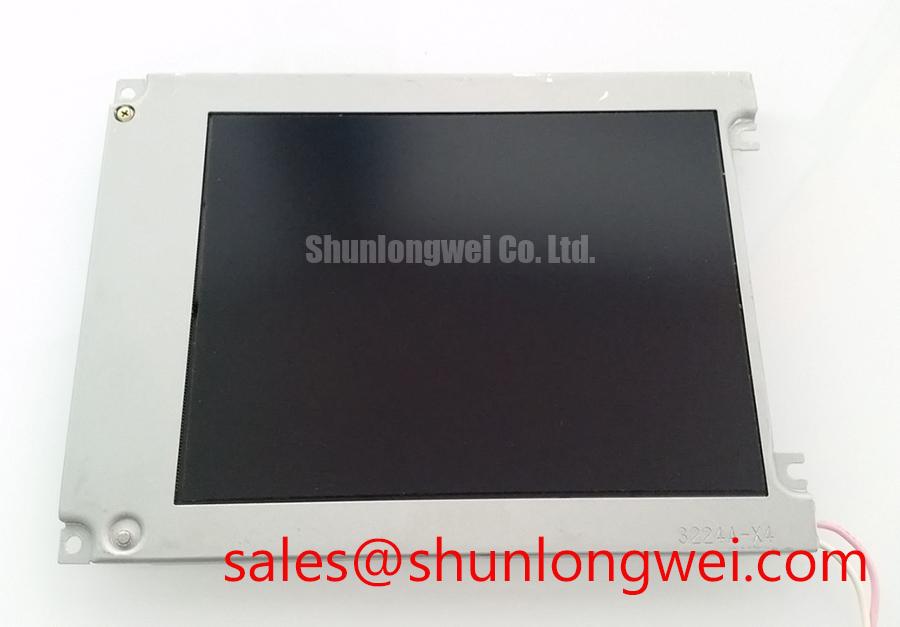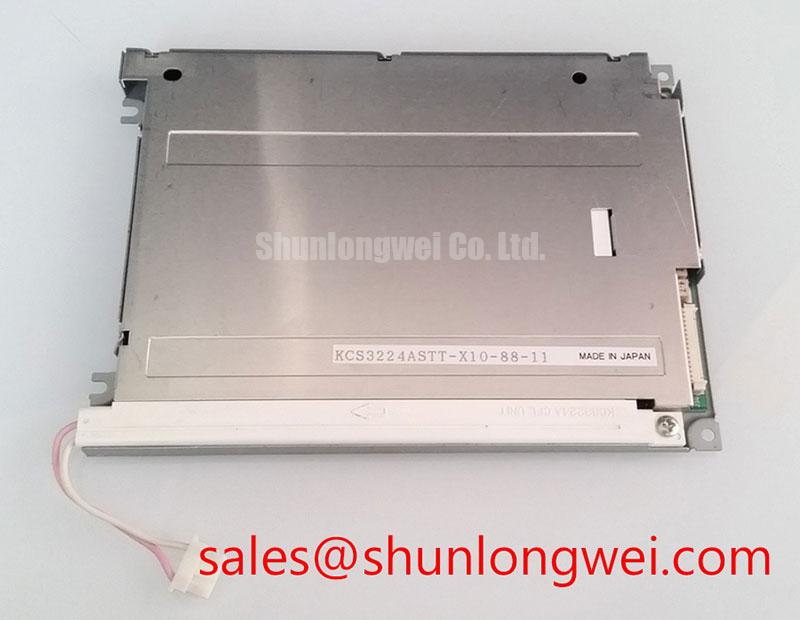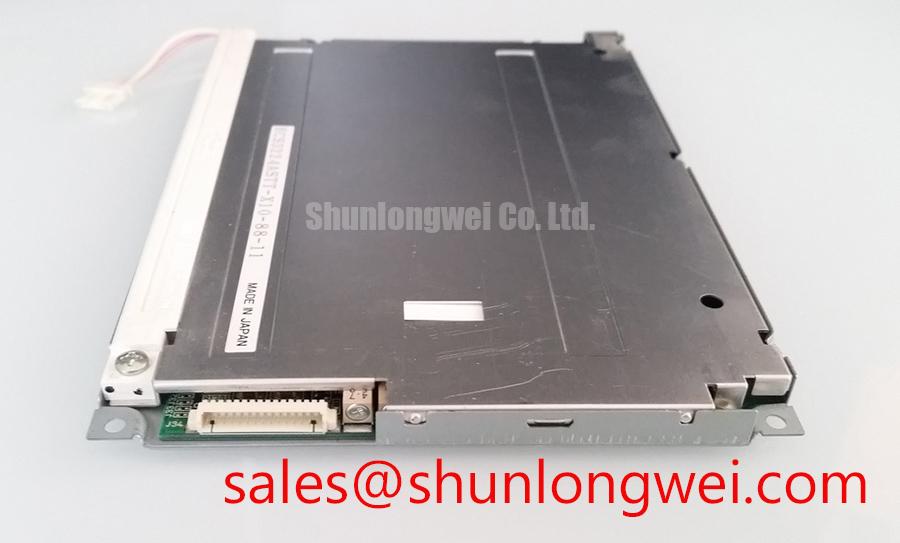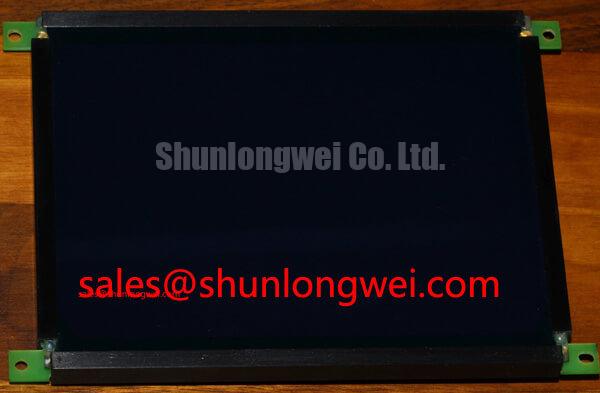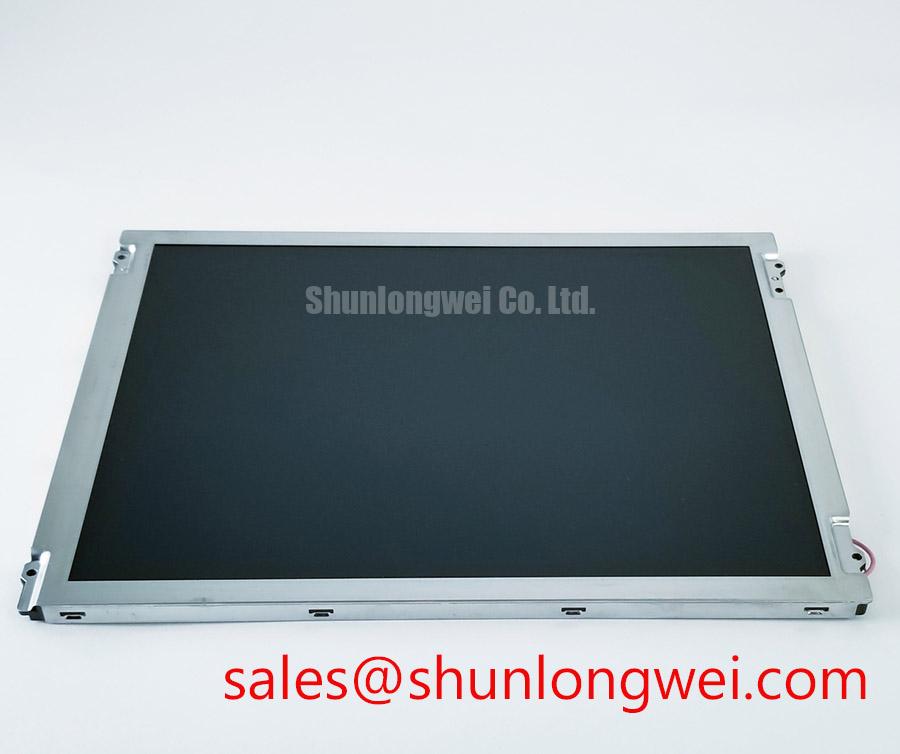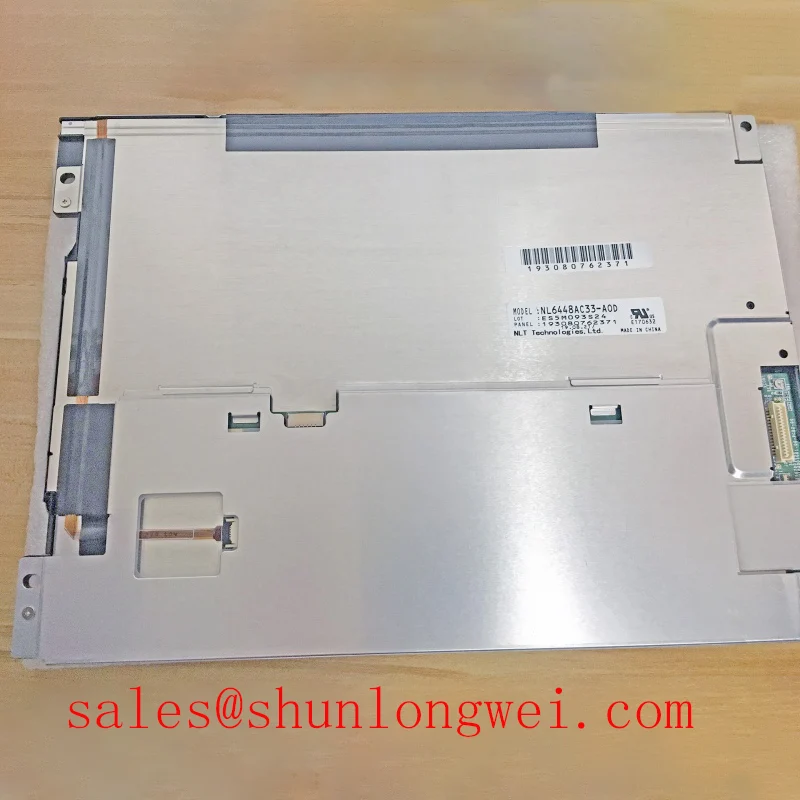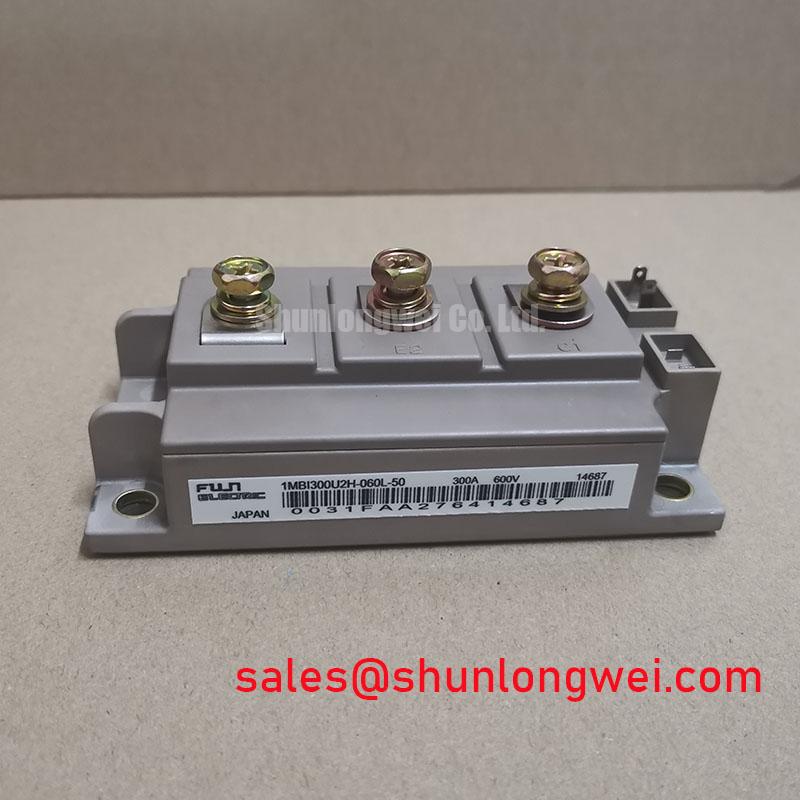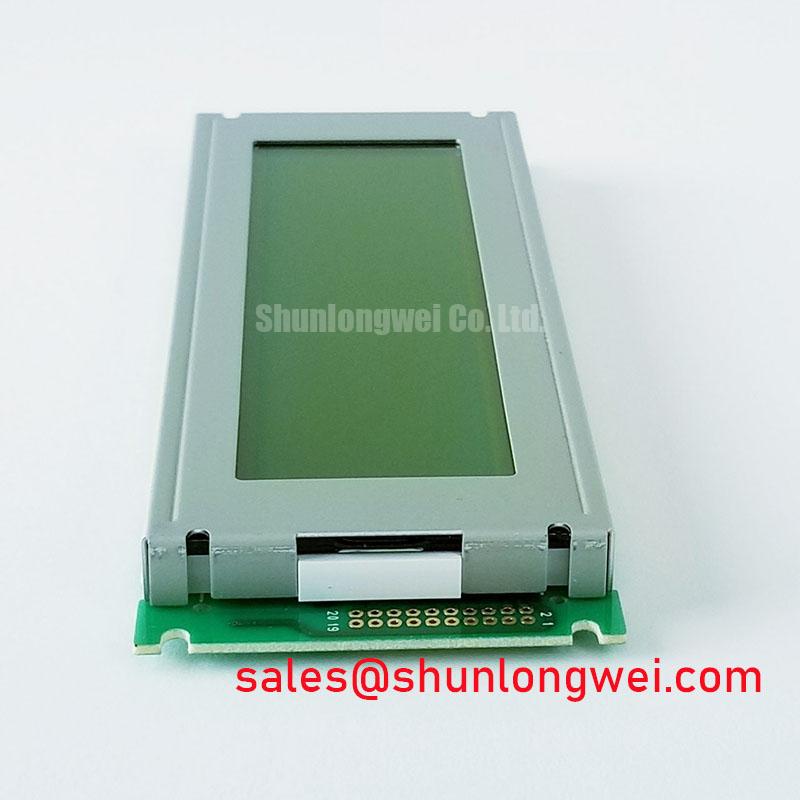Kyocera KCS3224ASTT-X10: Engineered for Longevity in Industrial HMI & Control Systems
Content last revised on October 11, 2025.
Introduction: A Legacy of Reliability
The Kyocera KCS3224ASTT-X10 is a 5.7-inch CSTN color LCD module engineered for steadfast performance in industrial control and legacy system applications. It delivers proven durability through its robust construction and long-life CCFL backlight, ensuring maximum operational uptime. This display provides a clear 320x240 QVGA resolution and a wide operating temperature range, making it a dependable choice for environments where reliability is non-negotiable. For industrial HMIs requiring a cost-effective and field-proven display solution, the KCS3224ASTT-X10 offers an optimal balance of performance and endurance.
Application Scenarios & Value
System-Level Benefits in Industrial Automation and Process Control
For systems in industrial automation, medical devices, and test and measurement equipment, display failure is not an option. The Kyocera KCS3224ASTT-X10 is specifically designed for these scenarios. Its core value lies in providing a highly reliable visual interface for monitoring critical data and controlling machinery. Imagine a process control panel on a factory floor; the display must function flawlessly across temperature shifts and vibrations for years. The KCS3224ASTT-X10's wide operating temperature range of 0°C to 50°C ensures consistent readability and performance, directly contributing to reduced maintenance cycles and a lower total cost of ownership. What is the primary benefit of its CCFL backlight design? It ensures consistent, long-term illumination essential for continuous operation, a critical factor for HMIs that cannot afford downtime. While this model is ideal for many standard industrial applications, for environments requiring higher brightness and a broader color gamut, the KCG057QV1DB-G000 provides an alternative with modern LED backlight technology.
Key Parameter Overview
Highlighting Critical Specifications for System Integration
The following table outlines the key performance metrics of the KCS3224ASTT-X10, based on the closely related KCS3224ASTT-X1 model's specifications. These parameters are crucial for engineers evaluating the display for new designs or as a replacement component in existing systems.
| Parameter | Specification | Engineering Implication |
|---|---|---|
| Display Size | 5.7 inch (14.5 cm) | A standard, compact size suitable for a wide range of panel-mount HMI and portable diagnostic equipment. |
| Resolution | 320 x 240 (QVGA) | Provides clear, legible rendering of numerical data, status indicators, and basic graphical user interfaces. |
| Display Technology | CSTN (Color Super-Twisted Nematic) | Offers a cost-effective and proven passive-matrix color display solution for applications not requiring video-rate response times. |
| Backlight System | CCFL (Cold Cathode Fluorescent Lamp) | Engineered for long operational life, a key requirement for industrial equipment with extended service intervals. |
| Operating Temperature | 0°C to 50°C | Ensures reliable operation in typical indoor industrial and controlled environments. |
| Storage Temperature | -20°C to 60°C | Provides resilience during shipping and storage in non-operational conditions. |
Download the KCS3224ASTT-X1 datasheet for detailed specifications and performance curves.
Frequently Asked Questions (FAQ)
What makes the KCS3224ASTT-X10 suitable for legacy system retrofits?
Its established 5.7-inch QVGA form factor and digital interface make it a strong candidate for a drop-in replacement for aging or discontinued displays in older industrial machinery, extending the life of valuable equipment without requiring a complete system redesign.
How does the CSTN technology impact its performance and ideal use case?
CSTN is a passive-matrix technology, which means it has a slower response time compared to modern active-matrix TFT-LCD displays. This makes it perfectly suited for applications displaying static or slowly changing information, such as numerical readouts, process schematics, or system menus, where high-speed video playback is not a requirement.
Is an inverter required for the CCFL backlight?
Yes, the Cold Cathode Fluorescent Lamp (CCFL) backlight requires a separate high-voltage inverter to operate. This is a standard requirement for this backlight technology and must be factored into the system's power and electronic design. The datasheet often recommends a compatible inverter model or its equivalent.
Can this display be used in outdoor environments?
No, this display is not designed for outdoor use. Its brightness level and lack of specialized coatings for sunlight reflection make it unsuitable for applications with direct or high ambient light. It is intended for indoor industrial, medical, or laboratory environments. For more challenging lighting conditions, explore displays specifically designed as sunlight-readable HMIs.
Industry Insights & Strategic Advantage
Maintaining Operational Continuity with Proven Technology
In an industry focused on rapid technological advancement, the strategic value of components like the Kyocera KCS3224ASTT-X10 lies in their stability and predictability. For capital-intensive industries such as manufacturing and medical diagnostics, equipment lifecycles can span decades. The availability of reliable, form-fit-function replacement components is crucial for maintenance, repair, and overhaul (MRO) strategies. This display, leveraging mature Kyocera manufacturing processes, provides a defense against forced obsolescence. By designing with or stocking such proven components, organizations can ensure long-term support for their deployed systems, maximizing return on investment and minimizing operational disruptions caused by the unavailability of critical parts.
A Strategic Perspective for Long-Term System Support
The Kyocera KCS3224ASTT-X10 represents a commitment to industrial longevity. Its design prioritizes durability and consistent performance over cutting-edge specifications, making it an invaluable asset for applications where operational continuity is the primary engineering driver. For system architects and procurement managers focused on long-term product support and minimizing redesign costs, this display provides a stable and reliable solution rooted in proven technology, ensuring that critical human-machine interfaces remain functional and effective throughout the extended lifecycle of the equipment they serve.

